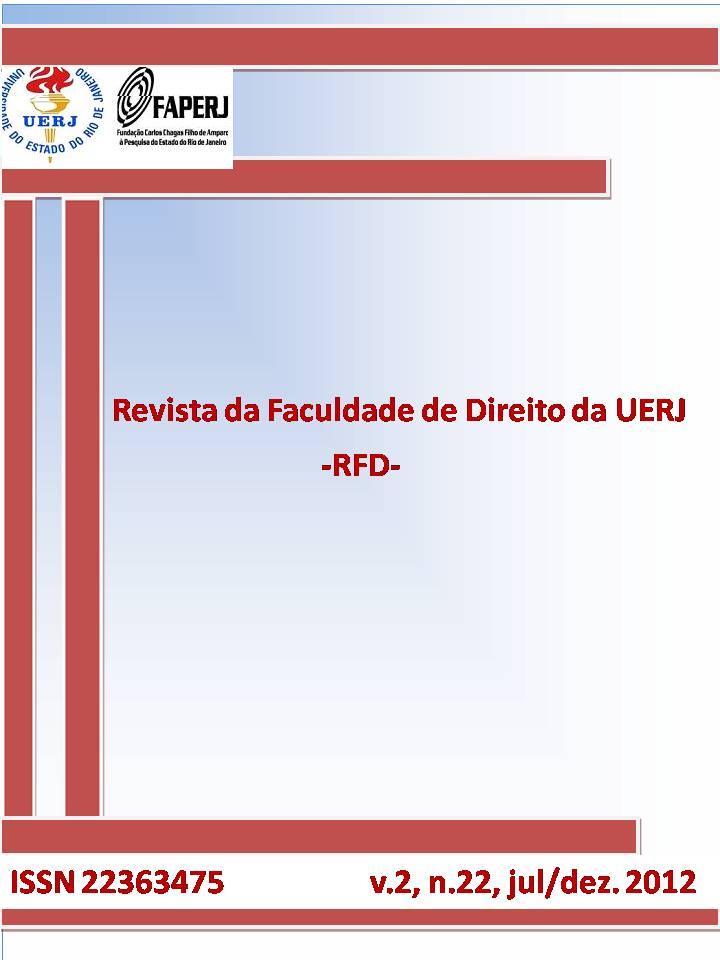THE CREATION OF INTERNATIONAL COMMERCIAL LAW: a desuniform uniformization
DOI:
https://doi.org/10.12957/rfd.2012.1559Abstract
Given the growing number of interest groups acting in the realm of International Trade, a wide rangeof sources of International Trade Law can be identified. This paper will glance upon the three mainvectors of creation in this field, in order to analyze how integrated this creation actually is. Initially,we must study the role of international organizations specialized in creating uniform norms aboutinternational trade and related issues. Those organizations, some private, and others constituted byStates, will act not only as a source of Law, but also as a discussion forum among the States. Later,we shall study the interpretative and harmonizing function of the arbitral courts, again, specialized inthe subject at hand. Finally, as it has been studied, the main vector is the lex mercatoria itself,translated as a set of principles created by the international market’s economic agents. This set ofprinciples is important especially for cross-border trade, since its early days, during the Middle Ages,becoming more significant, in this paper, with regards to its integration with Public Law. Hence, wemay conclude that the parts played by different forums and economic agents ranging from States totransnational companies, in a complex network of diverse interests, translates itself as theInternational Trade Law.Published
How to Cite
Issue
Section
License
Copyright
oArticles published in the Revista da Faculdade de Direito da UERJ (RFD/UERJ)
The copyrights of the published articles belong to the Revista da Faculdade de Direito da UERJ (RFD/UERJ). Total or partial reproduction of the articles is allowed as long as the source is cited.
oPartial reproduction from other publications
Submitted papers that contain parts of text extracted from other publications must obey the specified limits to ensure originality of the submitted work. Plagiarism in all its forms constitutes unethical behavior and is unacceptable.
It is recommended to avoid reproduction of tables and illustrations from other publications. The article that contains reproduction of one or more tables and/or illustrations from other publications will only be sent for analysis if it is accompanied by written permission from the copyright holder of the original work for the specified reproduction in the Revista da Faculdade de Direito da UERJ (RFD/UERJ). The permission must be addressed to the author of the submitted work. Under no circumstances will the Journal of the Law School of the State University of Rio de Janeiro (RFD/UERJ) and the authors of the papers published in this journal transfer the rights thus obtained.
•The refused studies will be returned to the authors, if asked.

The Revista da Faculdade de Direito is licensed under a Creative Commons Atribuição 4.0 Internacional License.
This work is licensed under a Creative Commons 4.0 Attribution-No Derivation License.
This license allows copying and redistribution of the material in any medium or format for any purpose, even commercial, provided that the original authorship is acknowledged.










